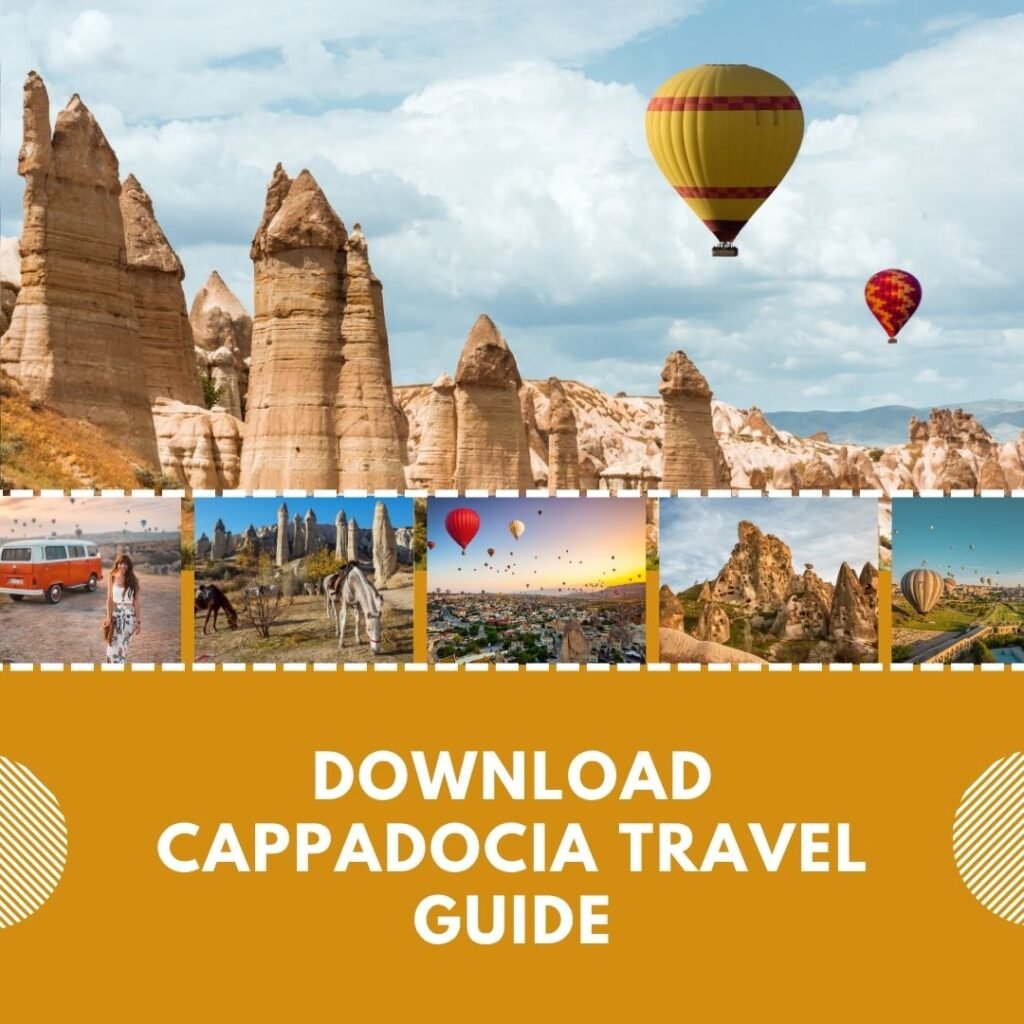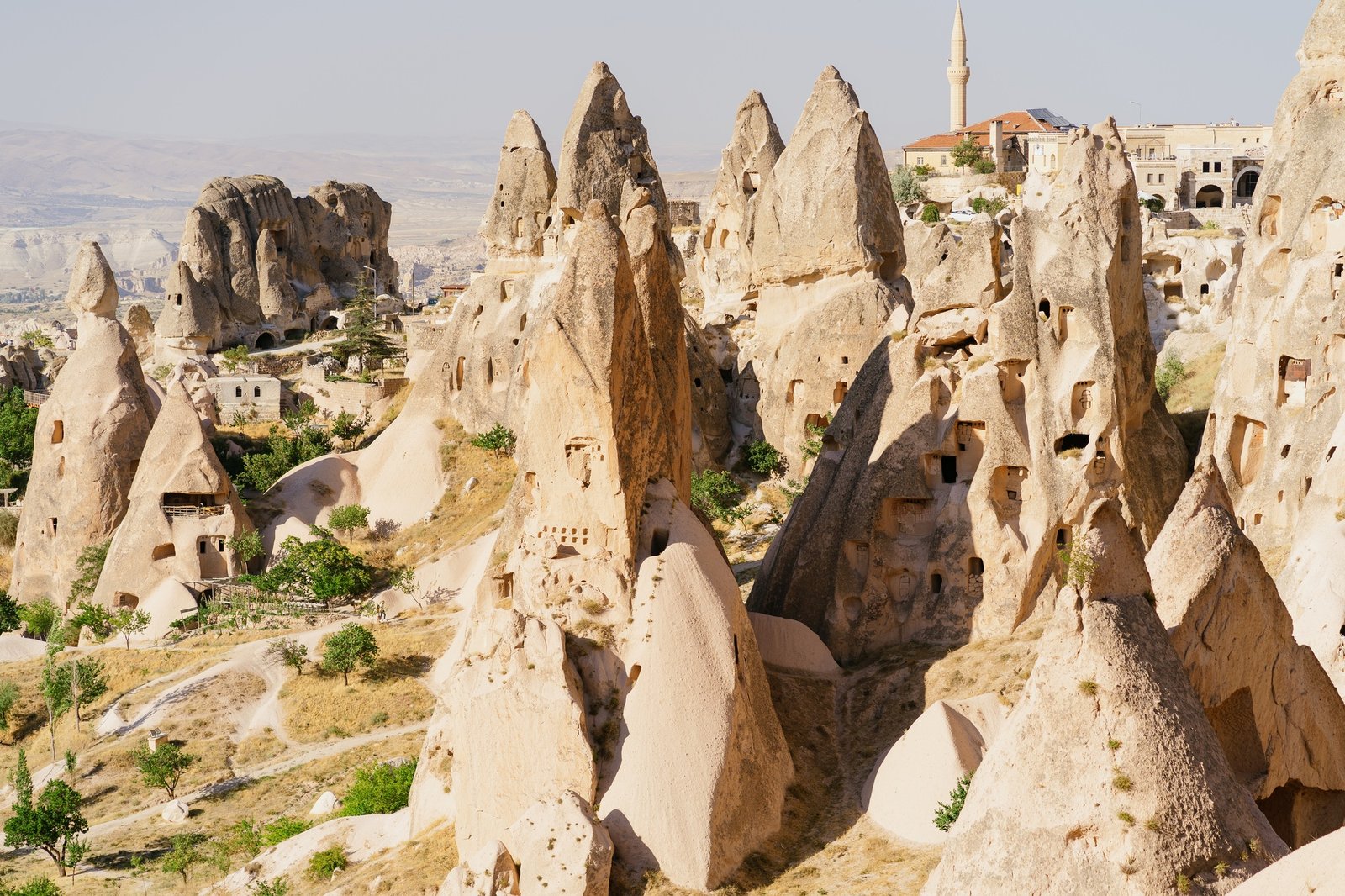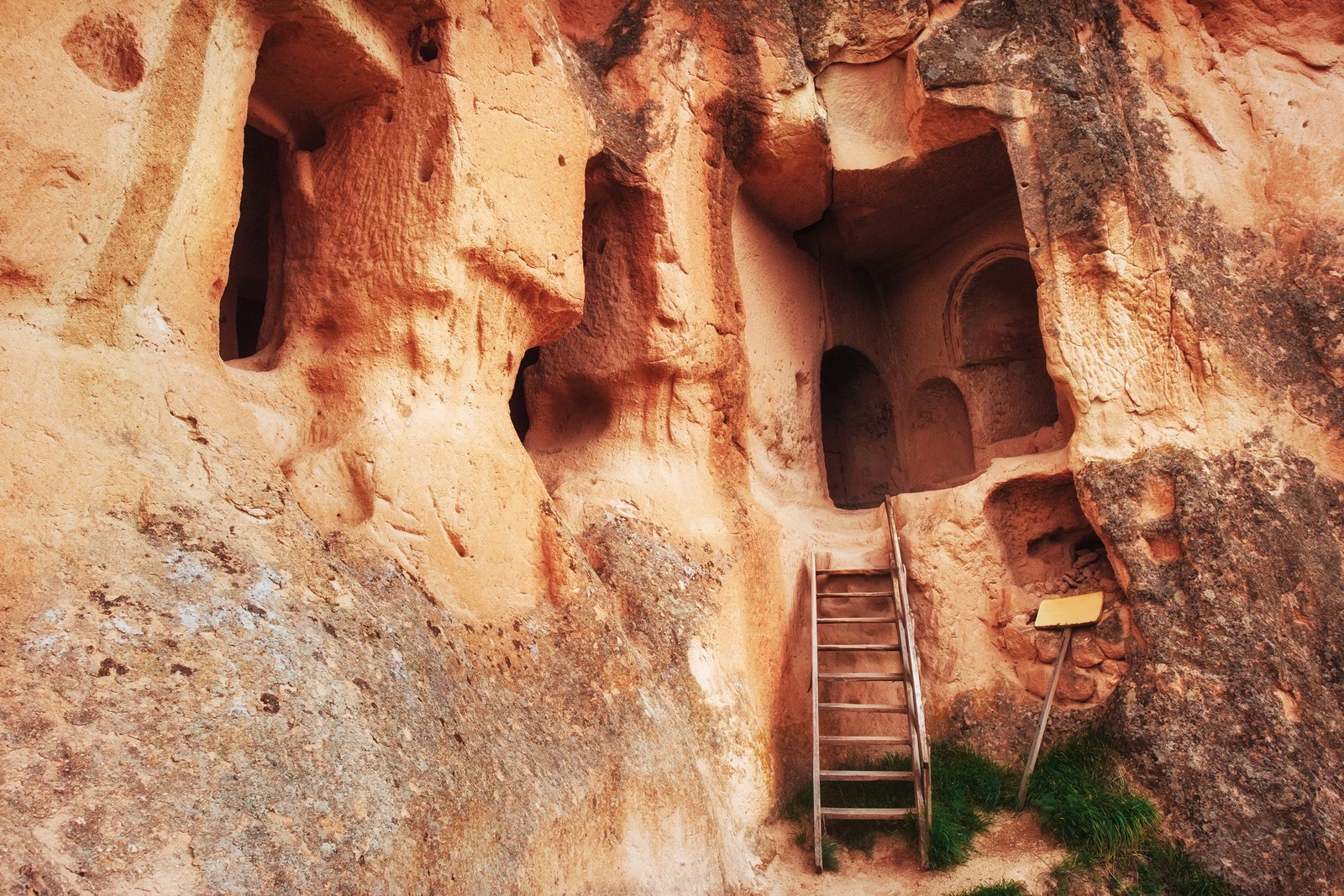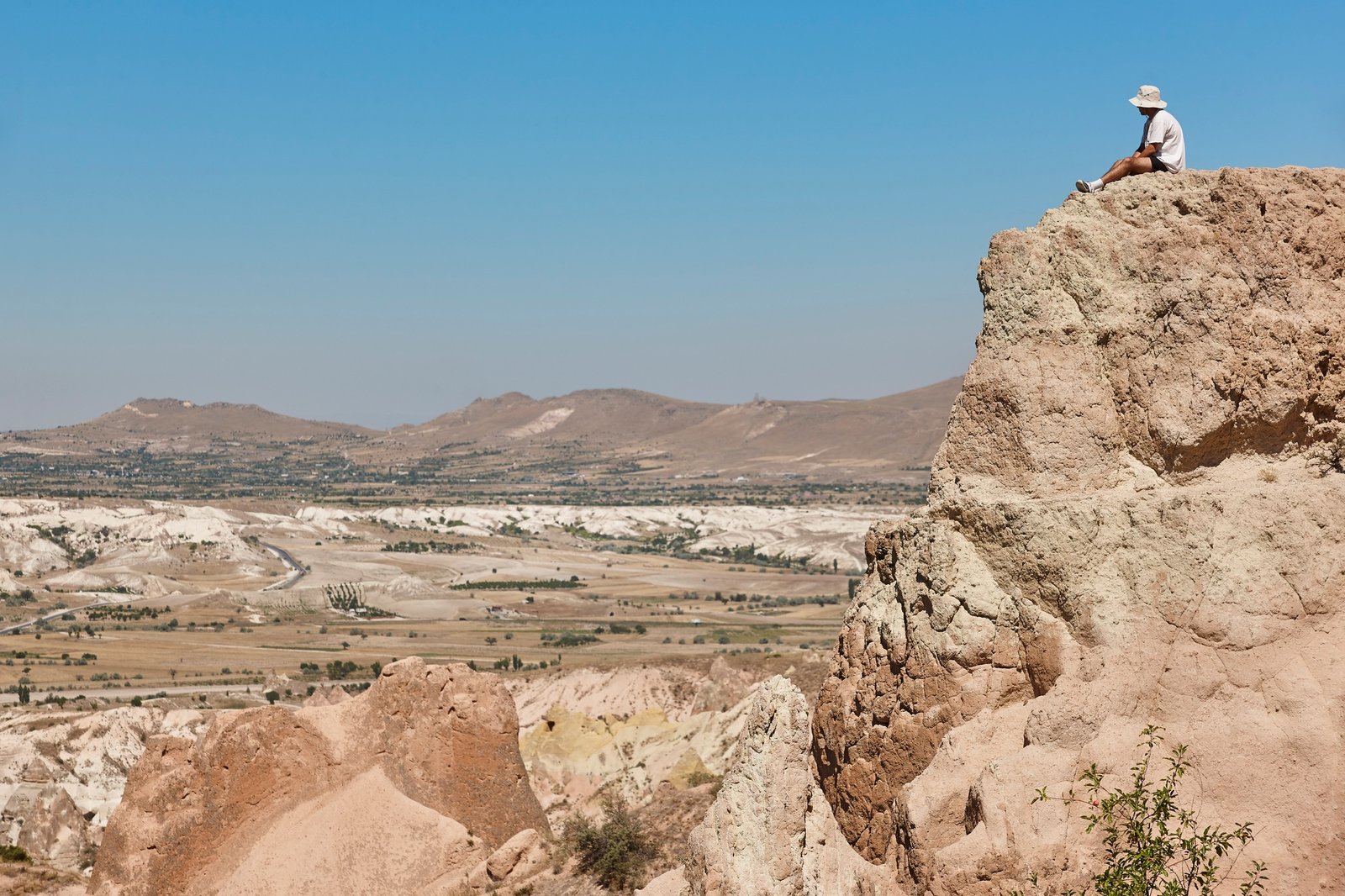Nestled in the heart of Cappadocia’s mystical landscape, the Göreme Open Air Museum in Turkey is a marvel of history, architecture, and faith. Recognized as a UNESCO World Heritage site, this extraordinary destination offers visitors a rare glimpse into a bygone era when early Christians carved their spiritual sanctuaries out of soft volcanic rock.
If you’re a history enthusiast, a cultural explorer, or someone with a deep appreciation for human ingenuity, the Göreme Open Air Museum Turkey is a must-see. Prepare to be awed as we take you on a journey through its ancient cave churches, frescoes, and the cultural significance that makes it such a fascinating destination.
What Makes the Göreme Open Air Museum Turkey Special?
The Göreme Open Air Museum stands out as one of the most significant historical sites in Turkey. It’s not just a cluster of ancient caves; it’s an entire monastic complex, complete with chapels, refectories, and even living quarters.
A UNESCO World Heritage Treasure
Declared a UNESCO World Heritage site in 1985, Göreme became globally recognized for its unique combination of natural beauty and historical significance. Set against Cappadocia’s surreal landscape of “fairy chimneys” and rolling hills, the museum provides a physical and spiritual connection to an ancient way of life.
The Birthplace of Christian Rock Art
Göreme was a spiritual haven for early Christians fleeing persecution during the Roman Empire. Between the 4th and 13th centuries, its soft volcanic rock served as the perfect medium for carving homes and churches. These spaces were adorned with stunning Byzantine frescoes—paintings that still tell powerful Biblical stories today.
Exploring the Ancient Cave Churches of Göreme
One of the most rewarding aspects of visiting the Göreme Open Air Museum is the opportunity to walk through its cave churches. Each one features a blend of rudimentary design and sacred artistry, showcasing both the resilience and creativity of its builders.
1. Dark Church (Karanlık Kilise)
Dark Church is often regarded as the crown jewel of the Göreme Open Air Museum. Its name comes from the limited natural light that enters the space, which, as a result, has preserved its dazzling frescoes in exceptional condition. Inside, visitors are treated to vibrant depictions of scenes like the Last Supper and the Crucifixion, demonstrating the height of Byzantine artistry.
2. Apple Church (Elmali Kilise)
Named after a now-extinct apple tree once located nearby, Apple Church is smaller than Dark Church but equally striking. Its frescoes illustrate the lives of Christ and various saints, making it a quiet yet spiritually enriching stop on your tour.
3. Buckle Church (Tokalı Kilise)
Buckle Church is the largest and one of the oldest churches in the museum. With stunning shades of blue dominating its frescoes, it houses intricate scenes from the life of Jesus Christ, including his Nativity and Resurrection. Don’t miss its crypt, which offers an even deeper historical layer.
4. Snake Church (Yılanlı Kilise)
This cave church receives its intriguing name from frescoes showing Saint George slaying a dragon, often interpreted as a serpent. It’s a great illustration of the Byzantine era’s storytelling through religious art.
Why Visit the Göreme Open Air Museum?
Though the Göreme Open Air Museum Turkey is brimming with ancient churches, its appeal extends beyond its religious significance. Here’s why it deserves a spot on your travel itinerary:
Cultural Immersion
From monastic kitchens to ancient communal dining rooms, the museum lets visitors step into the lives of its early inhabitants. This isn’t just a tour; it’s a deeply immersive cultural experience.
A Photographer’s Dream
Pair the vibrant frescoes with Cappadocia’s otherworldly landscape, and you’ve got an incredible backdrop for travel photography. Whether you’re capturing sunrise-lit valleys or shadowy stone-carved interiors, opportunities for stunning visuals are endless.
Perfect for History Enthusiasts
Göreme conveys the long history of Christianity in the region, alongside the political and social struggles of the people who lived and worshipped here. It’s an unmatched educational experience for history buffs.
Practical Accessibility
Conveniently located near the town of Göreme, the museum is easily accessible for travelers. It’s an ideal destination for a mix of hiking, exploration, and historical discovery.
Plan Your Visit to Göreme Open Air Museum Turkey
To make the most of your visit to the Göreme Open Air Museum, here are some practical tips:
1. Best Time to Visit
The museum is open year-round, but spring (April-May) and fall (September-October) are the best times to visit due to milder weather. These seasons offer pleasant conditions for exploring both the museum and the surrounding Cappadocia region.
2. Entrance Fees and Hours
The museum charges a nominal entrance fee, with an additional cost for entry into the Dark Church. It’s open from morning until early evening, but consider arriving early to avoid crowds.
3. Guided Tour vs. Exploring Solo
Hiring a knowledgeable guide can significantly enhance your experience by providing historical context and pointing out finer details in the frescoes. However, exploring on your own allows you to take your time at each church.
4. What to Bring
Wear comfortable walking shoes, as the terrain can be uneven. Bring a hat, sunscreen, and water, especially in the warmer months. Cameras are a must, but remember to check photography rules for certain areas.
Unlock the Magic of Göreme’s History
The Göreme Open Air Museum Turkey offers more than just a history lesson; it’s a doorway to another world, where faith, art, and resilience left their mark on an extraordinary landscape. Whether you’re marveling at vibrant frescoes in the Dark Church or contemplating the lives of early Christians, Göreme captivates the heart and mind like no other destination.
Uncover its wonders for yourself, and don’t forget to journal or share your stories—it’s a history well worth telling.







